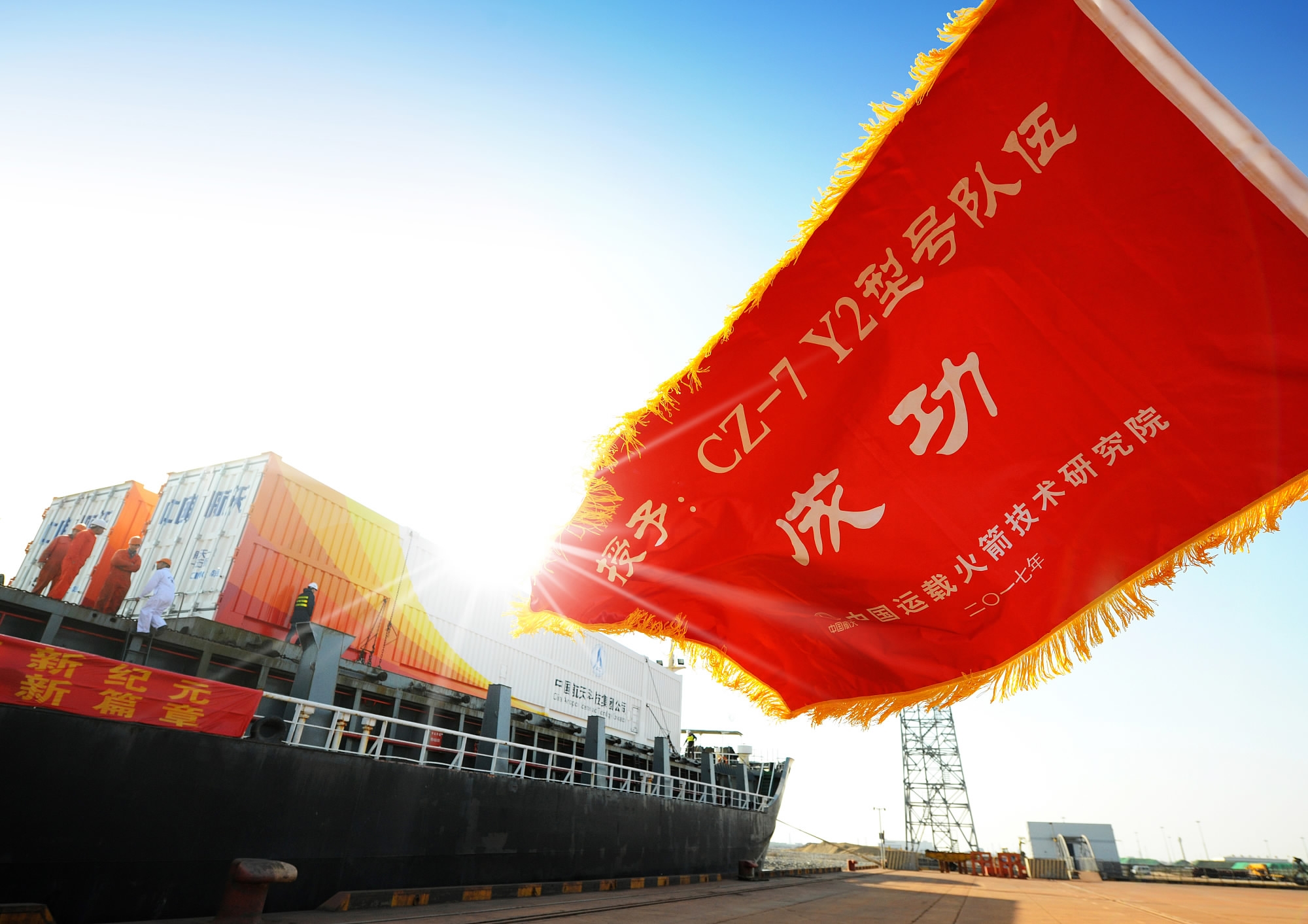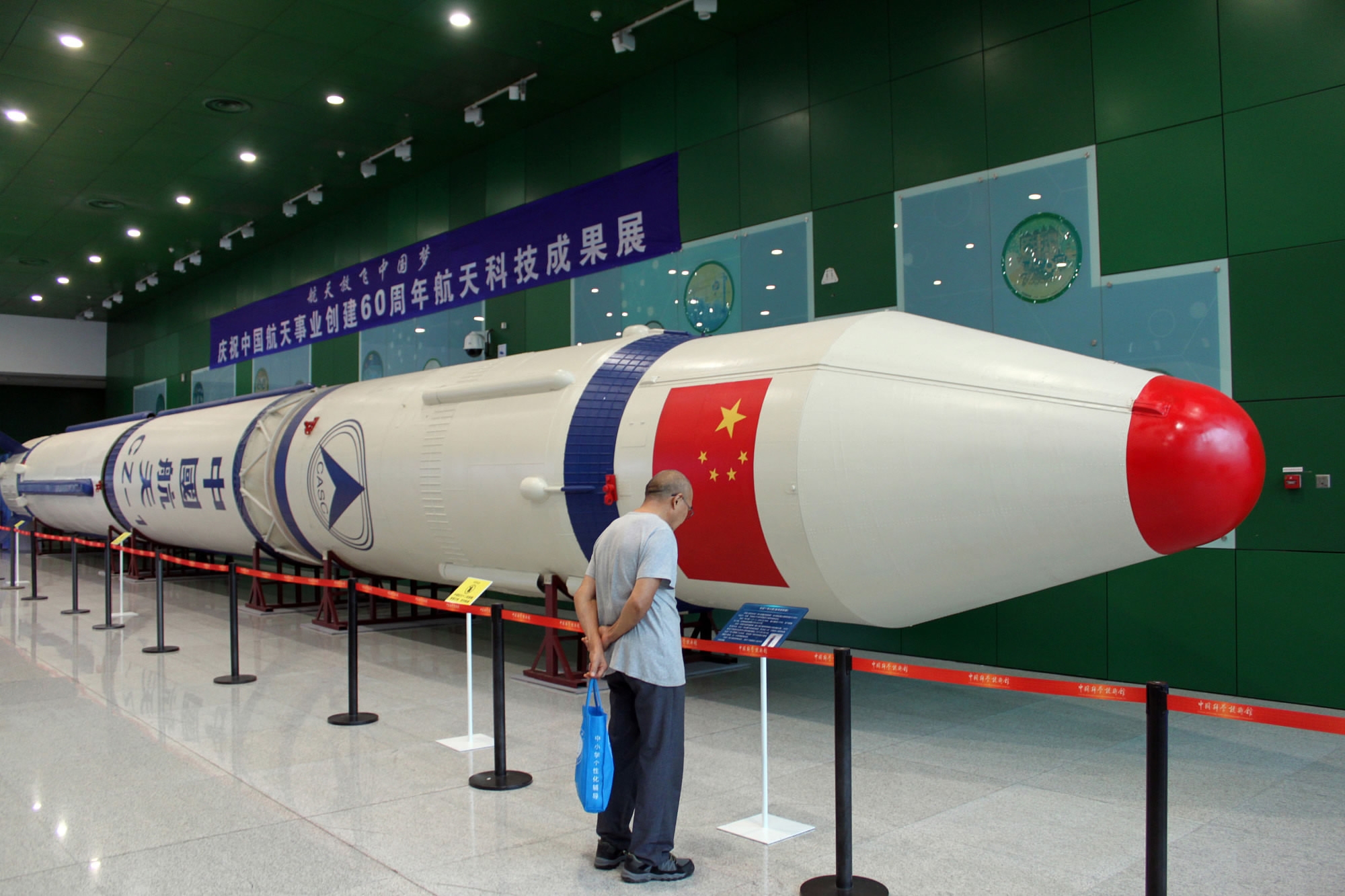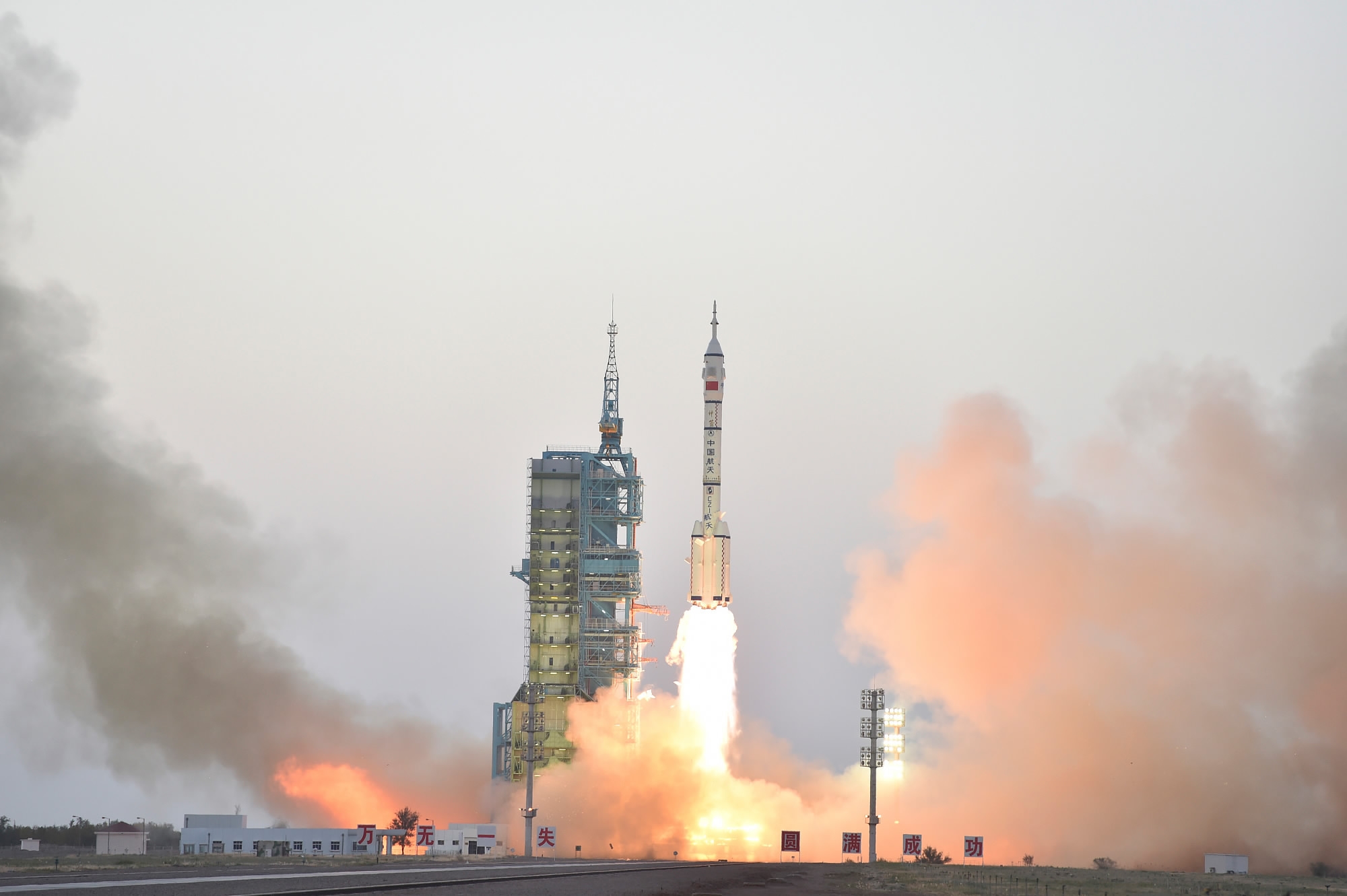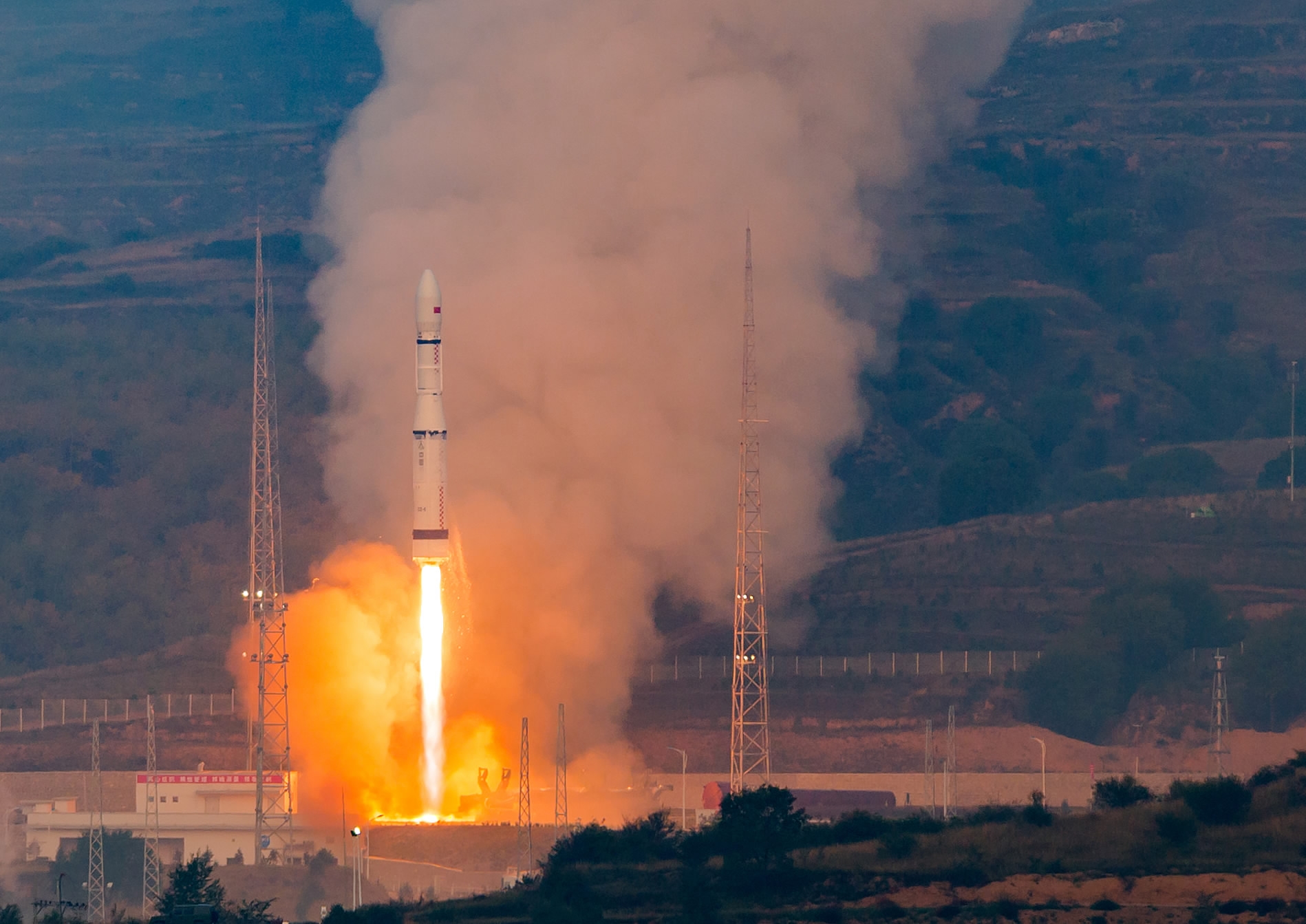Blasting into space: Meet China’s Long March family of rockets
2017-04-18 12:39 GMT+8
2315km to Beijing

Editor
Li Qian
Story by Ai Yan
China’s Tianzhou-1 cargo spaceship is preparing for its maiden trip, during which it is scheduled to dock with space lab Tiangong-2. It is regarded as a crucial step towards the country’s goal of establishing its own space station by 2022.
Tianzhou-1 will be launched with a Long March-7 Y2 rocket from the Wenchang Spacecraft Launch Site in south China’s Hainan Province within several days.
A medium-sized rocket, the Long March-7 Y2 can carry up to 13.5 tons to low-Earth orbit, making it a good carrier to launch cargo spacecraft and man-made satellites. The Long March-7 had its maiden flight in June 2016 and the Y2 model was updated afterwards for Tianzhou-1.

A Long March-7 Y2 rocket heads to Wenchang Satellite Launch Center in south China's Hainan Province from a port in Tianjin on March 2, 2017. /VCG Photo
China’s Long March family of carrier rockets has a history going back to 1965. In the past 52 years, the family has accumulated four generations and 17 types of rockets.
The rockets’ long list of successes begins on April 24, 1970, when China’s first satellite, Dongfanghong-1 was sent into space with a Long March-1, opening China’s era of space exploration. In 2016, President Xi Jinping commemorated the event by naming April 24 China’s Space Day.

A model of China's Long March-1 carrier rocket on display at an exhibition in Beijing on September 17, 2016. /VCG Photo
The largest branch of the Long March family, the Long March-2 is probably the one that has notched up the most achievements. It experienced a failed launch in 1974, but successfully sent China’s first returning satellite into space a year later. Long March-2F rockets meanwhile launched several Shenzhou spacecrafts into orbit, including Shenzhou-5, which sent China’s first man, astronaut Yang Liwei, into space on October 15, 2003.

Chinese astronaut Yang Liwei sits in Shenzhou-5 spacecraft during his mission in October 2003. /VCG Photo
Still in operation, the Long March-2F rockets completed two more key missions in 2016, carrying space lab Tiangong-2 and manned spacecraft Shenzhou-11 into orbit, pushing the country further on its path of space exploration.

China launches a Long March-2F rocket carrying the manned spacecraft Shenzhou-11 from the Jiuquan Satellite Launch Center in the Gobi Desert on October 17, 2016. /VCG Photo
In 2015, China launched the Long March-6, which blasted off with 20 micro-satellites, a Chinese record. This marked a transition from launch vehicles fueled by toxic hypergolic propellant to a more environmentally friendly combination of kerosene and liquid oxygen as propellant.

China's Long March-6 carrier rocket blasts off from the Taiyuan Satellite Launch Center in north China’s Shanxi Province on September 20, 2015. /VCG Photo
The Long March-11, another eco-friendly rocket, made its debut on September 25, 2015, only days after its brother Long March-6. Able to meet the needs of missions required in emergency situations, such as when natural disasters occur, it can be ready for blast-off within 24 hours.
Last but not least, China’s heavy-lift rocket Long March-5, which had its maiden launch last November, has attracted probably the most attention worldwide.
The country's strongest carrier rocket, with a payload capacity of 25 tons in low-Earth orbit and 14 tons in geostationary orbit, it is expected to carry the Chang'e-5 lunar probe into space later this year and will also be used to launch China's space station modules and Mars probes.
Its popularity has seen the Chinese give it the nickname “Chubby-5,” due to its larger size, and it has inspired a series of memes.

Memes of the Long March-5 carrier rocket designed by Chinese Weibo users. /Weibo Photo
By the end of 2016, Long March rockets had carried out over 200 missions, with a success rate of over 95 percent. And as China continues on the path of space exploration, the family is bound to grow bigger still.
According to the China Academy of Launch Vehicle Technology, scientists have been developing a new medium carrier rocket, Long March-8, which is expected to make its debut in 2018. This series will mainly be for conducting commercial launch missions.
(Video: Ran Boqiang, Qi Jianqiang, Nadim Diab)
Related stories
2315km
Copyright © 2017
